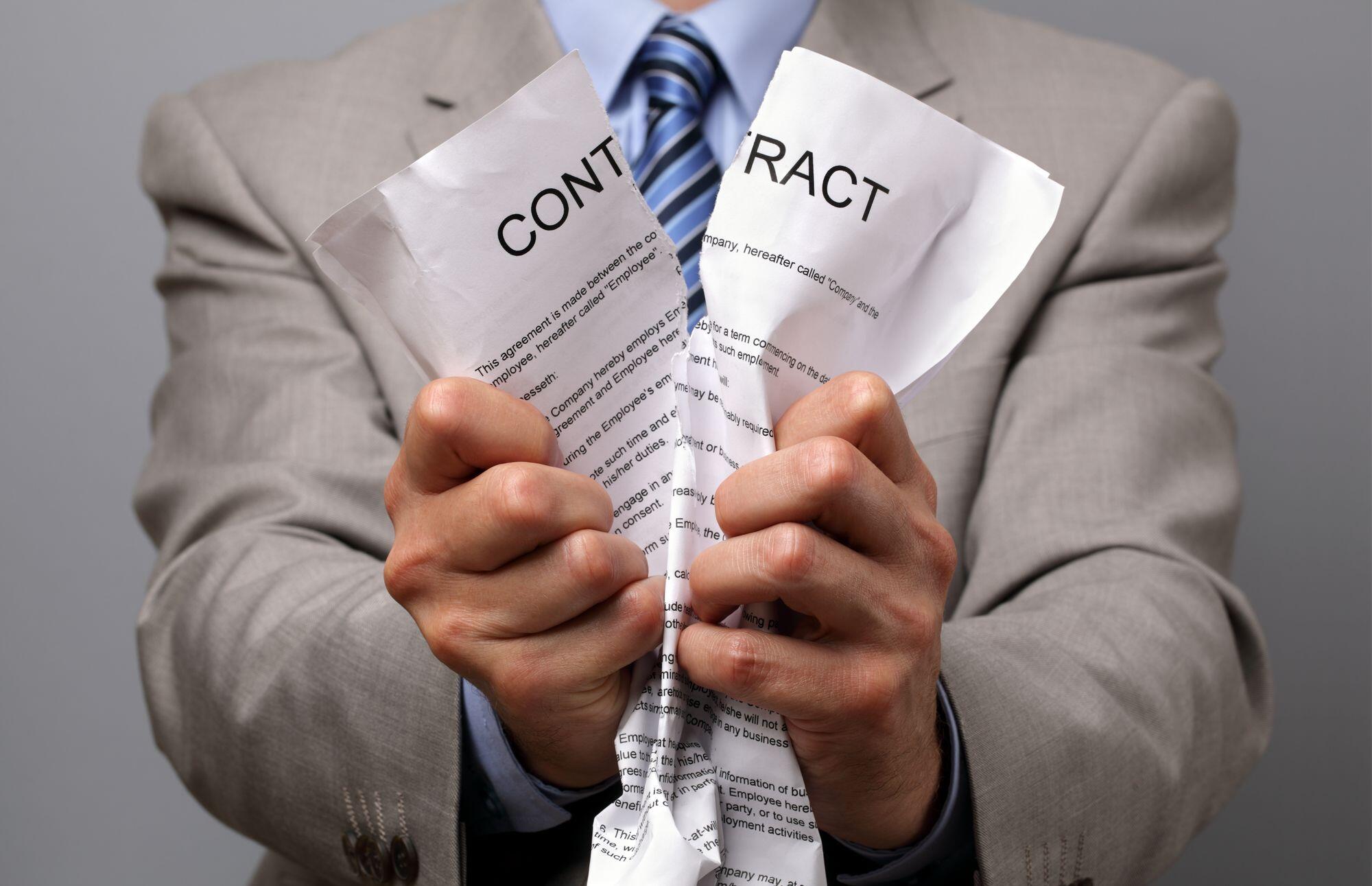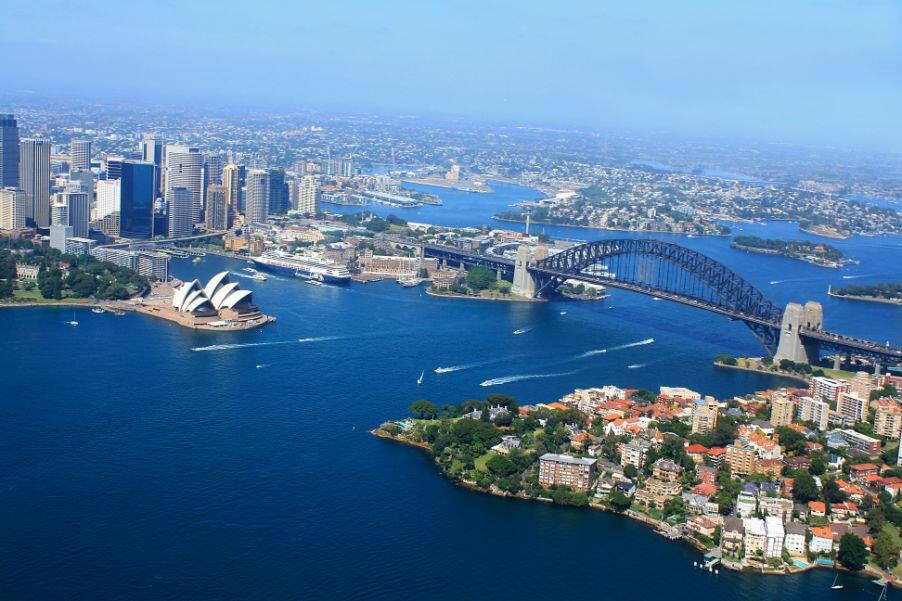Copyright Infringement

Copyright lawyers Sydney
Infringement of copyright
Assuming that ownership can be established, the question is typically whether or not any copying of the work has taken place without the licence of the owner of the copyright. There are a number of specific provisions which cover specific scenarios but generally, copyright will be infringed if a person reproduces, publishes or communicates the work or a substantial part of it to the public in Australia, and they cannot rely on any of the defences provided for under the Copyright Act.
Reproduction for example would occur as soon as a document is put onto a USB stick, if a work is copied by drawing it by hand, or words are copied and pasted into an email before sending the email. Often the reproduction right is the first right to be infringed.
Contact us : +61 2 8005 7388
Have you had your copyright infringed? There are various defences. It is important to act quickly and decisively and our practitioners are familiar with the relevant precedent case law necessary to advise you about the issues at hand and the quantum of damages involved in relation to your matter.
If you are looking for a lawyer for copyright, CONTACT US for a free initial consult, and get fixed fee quotes.
WHO CAN SUE FOR COPYRIGHT INFRINGEMENT IN AUSTRALIA?
WHO OWNS THE COPYRIGHT?
WHAT CAN YOU DO IF YOUR COPYRIGHT HAS BEEN INFRINGED?
WHAT TO DO IF YOU ARE ACCUSED OF COPYRIGHT INFRINGEMENT
Case
Facts
Damages
Additional Damages
Weller & Anor v Smith [2016] FCCA 2822
Photographs
$7,350.00
$20,000.00
Corby v Allen & Unwin Pty Ltd (2013) 297 ALR 761
Photographs
$2000.00 for one photo
$5000.00 for one photo
$500.00 for one photo
$1000.00 for one photo
$750.00 for one photo
$45,000.00
Ian Cubitts Classic Home Improvements Pty Ltd v Granny Flat Projects [2015] FCCA 2630
Designs, building plans, text, computer generated images, brochures
$120,000.00
$200,000.00
Related insights

Additional damages for copyright infringement
Under Australian law, victims of copyright infringement may be entitled to an account of profits or compensatory damages under s.115 (2) of the Copyright Act 1951 (Cth) (Copyright Act). Additional damages may also be available under section 115(4) of the Copyright Act. That section provides: (4)Where, in an action under this section: (a)an infringement of copyright is established; and (b)the court is satisfied that it is proper to do so, having regard to: (i)the flagrancy of the infringement; and (ia)the need to deter similar infringements of copyright; and (ib)the conduct of the defendant after the act constituting the infringement or, if relevant, after the defendant was informed that the defendant had allegedly infringed the plaintiff’s copyright; and (ii)whether the infringement involved the conversion of a work or other subject‐matter from hardcopy or analog form into a digital or other electronic machine‐readable form; and (iii)any benefit shown to have accrued to the defendant by reason of the infringement; and (iv)all other relevant matters; the court may, in assessing damages for the infringement, award such additional damages as it considers appropriate in the circumstances. The purpose of additional damages is to deter copyright infringement. The amount of additional damages awarded will depend on the facts of the case, such as the nature and extent of the infringement, the level of harm suffered by the copyright owner, and any aggravating or mitigating factors. It is worth noting that the award of additional damages is discretionary and not automatic, and that the copyright owner must prove their entitlement to such damages. Additionally, courts may consider other factors such as the infringer’s conduct, their level of knowledge of the infringement, and any steps taken to remedy the infringement when determining whether to award additional damages. Top Plus Pty Ltd v Mix Entertainment Pty Ltd [2022] FEDCFAMC2G 981 This case concerned Top Plus Pty Ltd who were applying for summary judgment against the first respondent, Mix Entertainment Pty Ltd, and the second respondent, Mr Yiren Wang, for infringement under ss 115 and 116 of the Copyright Act1968 (Cth) of copyright in certain cinematograph films owned by the second applicant, Universal Music Limited, and exclusively licensed to the first applicant, Top Plus Pty Ltd. The cinematograph films were karaoke music videos (KMVs). They comprised approximately 6,214 Chinese (both Mandarin and Cantonese) and English KMVs, and new releases of KMVs added from time to time, owned and controlled by Universal Music, released in Hong Kong and Australia, and/or supplied commercially in Australia in VCD/DVD format or electronic form (collectively, the KMV Films). Mix Entertainment had previously been accused of alleged unlicensed use of copyright in the KMV Films in infringement of applicants’ rights. That earlier dispute was resolved in 2012 prior to the commencement of suit by entry into a written non‐exclusive licence agreement between Top Plus and Mix Entertainment, signed by Mr Wang in his capacity as sole director of Mix Entertainment on 30 April 2012 (2012 Agreement). Pursuant to the 2012 Agreement, Top Plus permitted Mix Entertainment to offer the licensed content — the KMV Films — for viewing and singing by customers in up to 13 rooms at Mix Entertainment’s karaoke outlet ‘Mix Karaoke’ for the period of the licence. The 2012 Agreement expired on 31 December 2012. Compensatory damages which applied the licence fee test were awarded in the sum of $179,616.70. Principles governing an award of additional damages under s.115(4) of the Copyright Act 1951 (Cth) Reference was made to a summary of the principles relating to an award of additional damages at [717] – [721] of Microsoft Corporation v CPL Notting Hill Pty Ltd (No 7) [2022] FedFamC2G 590. In short, the principles are: First, it is not necessary that any amount of additional damages be proportionate to any award of compensatory damages. Secondly, an award of additional damages involves an element of penalty. Thirdly, part of the [function] of an award of additional damages is to mark the Court’s disapproval or opprobrium of the infringing conduct. Fourthly, the matters set out in sub‐s 115(4)(b) of the Copyright Act are not preconditions to an award of such damages. Fifthly, conduct that may properly be seen as flagrant (per s 115(4)(b), Copyright Act) includes conduct which involves a deliberate and calculated infringement, a calculated disregard of an applicant’s rights, or a cynical pursuit of benefit In addition: If additional damages are appropriate, the amount of damages to be awarded must operate as a sufficient deterrent to ensure that the conduct will not occur again. It should also be noted that, whilst additional damages encompass, they are not the same as aggravated or exemplary damages at common law. Specific deterrence has a role to play, including general deterrence. It is not always the case, however, that additional damages must be given, nor that they be such as to be given in an award and an amount as claimed by an applicant. Additional damages may be seen as encompassing broad concepts not always readily amenable to precise measurement or quantification. This includes having regard to capturing aspects of loss that have not been able to be ascertained because of the imperfect nature of litigation and evidence gathering in reflecting all aspects of wrongdoing and the total damaging effect of infringing or contravening conduct. It also entails giving a dollar figure to otherwise intangible considerations of punishment, giving effect to judicial disapproval and sanction and future‐looking considerations of specific and general deterrence. A key consideration when deciding to exercise the discretion afforded to the Court under s 115(4) of the Copyright Act is whether the infringement was flagrant. As noted by Beach J in Henley Arch Pty Ltd v Lucky Homes Pty Ltd [2016] FCA 1217; 120 IPR 137 at [244] (citations omitted): [244]…in this context flagrancy means more than copying. It also means more than mere mistakes or carelessness. It connotes reprehensible conduct or scandalous conduct which may be demonstrated by deliberate and calculated acts of infringement. But it is not necessary to demonstrate a consciousness of copyright infringement. A consciousness of wrongdoing may be sufficient. In Truong Giang Corporation v Quach [2015] FCA 1097; (2015) 114 IPR 498 , discussing the relevant principles in the trade mark context, applicable also to the copyright context, per s 115(4)(b)(ib), Copyright Act) Wigney J said at [138]–[139]: [138]Sixth, post‐infringement conduct within s 126(2)(c) of the [Trade Mark Act 1995 (Cth) (TM Act)] is unlikely to include the respondent’s conduct of
Contact
Heathfield Grosvenor Lawyers Pty Ltd










